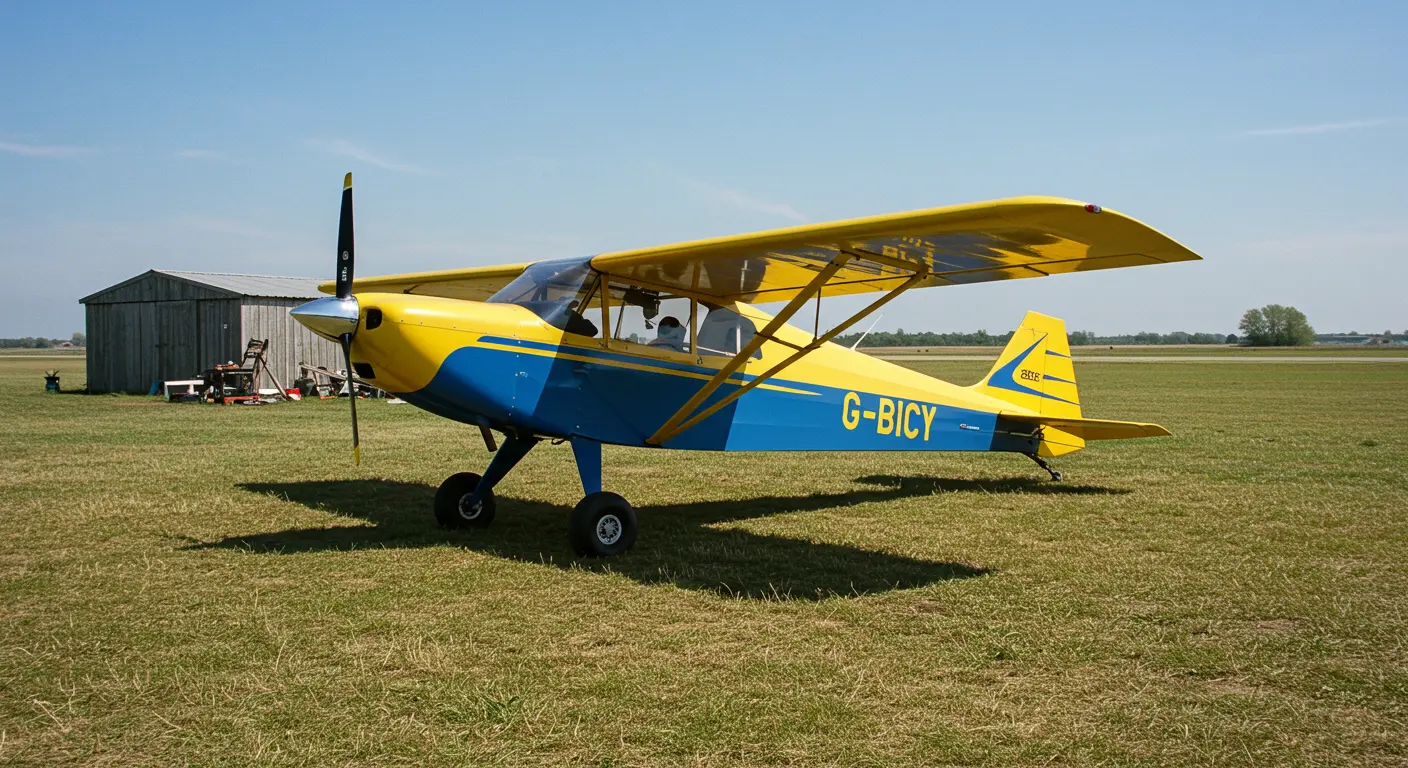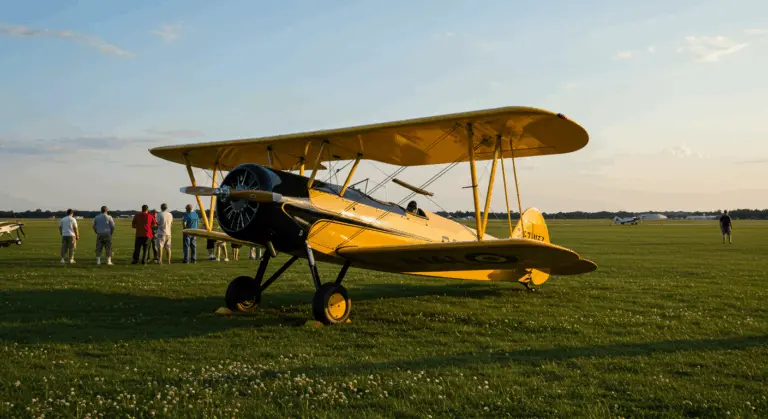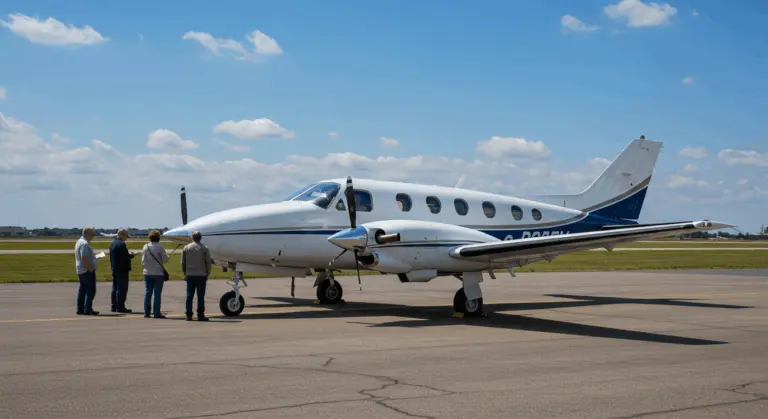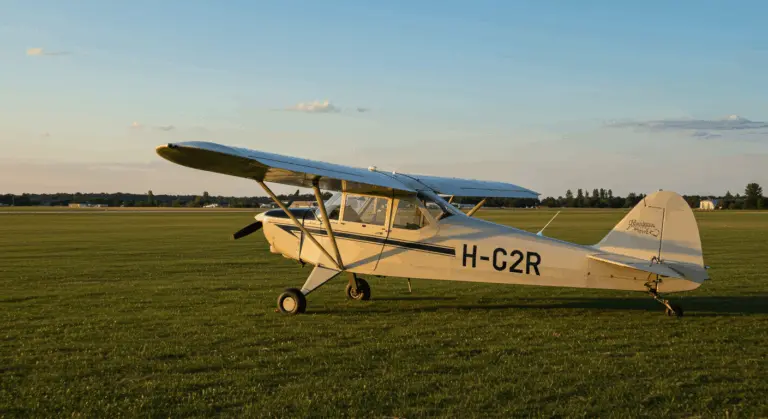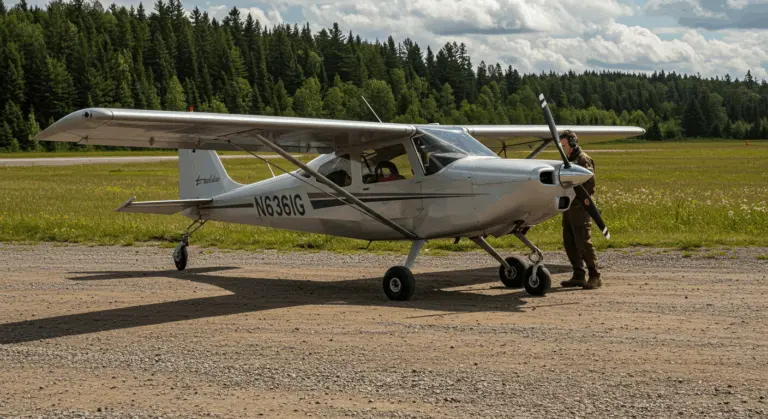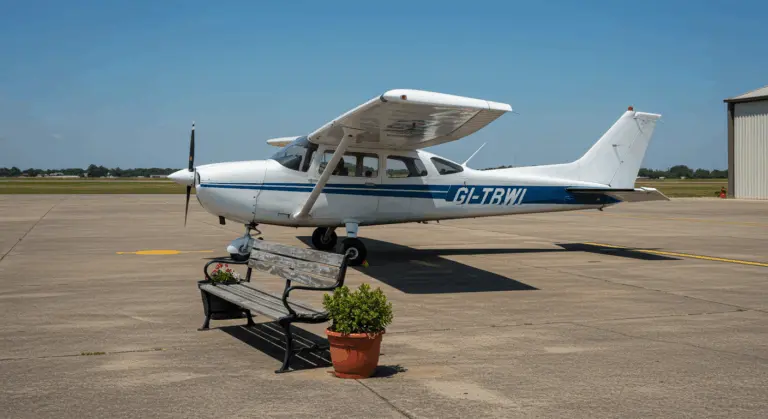Cassutt Racer – A Comprehensive Guide to the Cassutt 111M
Overview of the Cassatt Racer – A Classic Formula One Aircraft
The Cassatt Racer stands as an iconic aircraft in Formula One air racing, with roots dating back to 1951. Born from the vision of TWA captain Tom Cassatt, the Cassatt Special emerged as a purpose-built racing monoplane featuring a fixed tail wheel undercarriage, designed to handle the sport’s demanding requirements.
Making its debut in 1954, the design drew inspiration from Steve Pittman’s legendary ‘Buster’ while incorporating Cassatt’s own innovative touches. The aircraft’s distinguishing feature was Its remarkable accessibility and affordability. This combination has sustained its popularity, with the Cassatt 111M becoming the most beloved variant—built and raced by passionate enthusiasts for over six decades.
Design and Development of the Cassatt Special
Tom Cassatt envisioned crafting a competitive Formula One racer that enthusiasts could build and maintain affordably, without requiring extensive facilities or major investment.
The design showcases a steel tube fuselage married to wood and fabric construction—materials deliberately chosen for their practical blend of strength, minimal weight, and widespread availability. While later variants often embraced fiberglass cowlings to boost aerodynamics and durability, the core principle stayed the same: straightforward, builder-friendly design.
Key Features of the Cassatt Special
-
Aerodynamics and Control: Full-span ailerons provide exceptional roll control for tight racecourses, while the distinctive fin and rudder design enhances high-speed stability.
-
Propulsion and Wings: A simple fixed-pitch propeller maintains efficiency at racing speeds, and the wing area meets the Formula One minimum of 66 square feet, balancing lift with low drag.
-
Modern Iterations: Many builders incorporate modern materials like fiberglass cowlings and performance enhancements such as tapered wings to reduce drag and improve speed.
Performance Metrics and Operational History
Equipped with a Continental O-200 engine in standard trim, the Cassatt 111M achieves impressive top speeds of 200-210 mph. Highly modified versions can approach 250 mph.
Beyond raw speed, the aircraft demonstrates remarkable efficiency, cruising comfortably at 180 mph while sipping just 4.5 gallons per hour. Its responsive character shines through a manageable stall speed of 65-70 mph and a spirited climb rate of approximately 1,200 feet per minute.
The Cassatt’s racing pedigree was forged early when Tom Cassatt himself claimed the National Championship in 1958. Since then, the aircraft has maintained its status as a consistent and formidable competitor in Formula One air racing circles.
Variants of the Cassatt Racer
-
Cassatt I & II: The initial production versions that established the design’s fundamental parameters and incorporated early refinements based on racing experience.
-
Cassatt III: The definitive and most popular version, featuring improved aerodynamics, structural enhancements, and optimized controls. It offers the best balance of performance and buildability.
-
Cassatt III Sport: A variant with a longer wingspan, designed for enhanced stability and more forgiving handling, appealing to pilots who use the aircraft for both racing and sport flying.
The Cassatt III and III Sport Variants
| Feature | Cassatt III (Standard) | Cassatt III Sport |
|—|—|—|
| Wingspan | 15 feet | 17 feet |
| Primary Goal | Maximum speed and agility for racing | Enhanced stability and forgiving handling |
| Handling | Quicker roll rates, optimized for tight turns | Better low-speed performance, lower landing speeds |
| Best For | Pure racing performance | Racing and general sport flying |
The Role of Creighton King in Cassatt Aircraft Legacy
Although specific contributions by individuals like Creighton King remain sparsely documented, the Cassatt’s enduring legacy has been nurtured by a passionate, collaborative community of builders and racers.
This tight-knit community has proven invaluable, serving as a living repository for sharing modifications and technical wisdom, ensuring the design stays competitive and relevant in Formula One air racing.
Participation in Reno Air Races
The Reno Air Races have served as the ultimate proving ground for Cassatt racers since the event’s inception, with these nimble aircraft becoming beloved fixtures in Formula One class competition. Year after year, the unmistakable silhouettes of Cassatt racers carve through the air around Reno’s pylons at Stead Field. These aircraft demonstrate the lasting appeal of Tom Cassatt’s design.
At Reno, Cassatt aircraft maintain a strong presence—they aircraft often comprise a substantial portion of the Formula One field, a testament to their accessibility and battle-tested performance.
Pilots behind the controls of Cassette have regularly secured podium finishes, with several claiming coveted gold medals in the Formula One class across the decades. This success confirms the design’s competitiveness at the sport’s pinnacle.
Conclusion – The Enduring Legacy of the Cassatt Racer
For over six decades, the Cassatt racer has demonstrated that thoughtful design can achieve lasting success in aviation. It remains both competitive and beloved in the Formula One arena.
The aircraft’s lasting contribution lies in achieving high performance through straightforward design. This approach extracts impressive speed from modest power plants, democratizing high-speed air racing for a diverse community of aviation enthusiasts worldwide.

